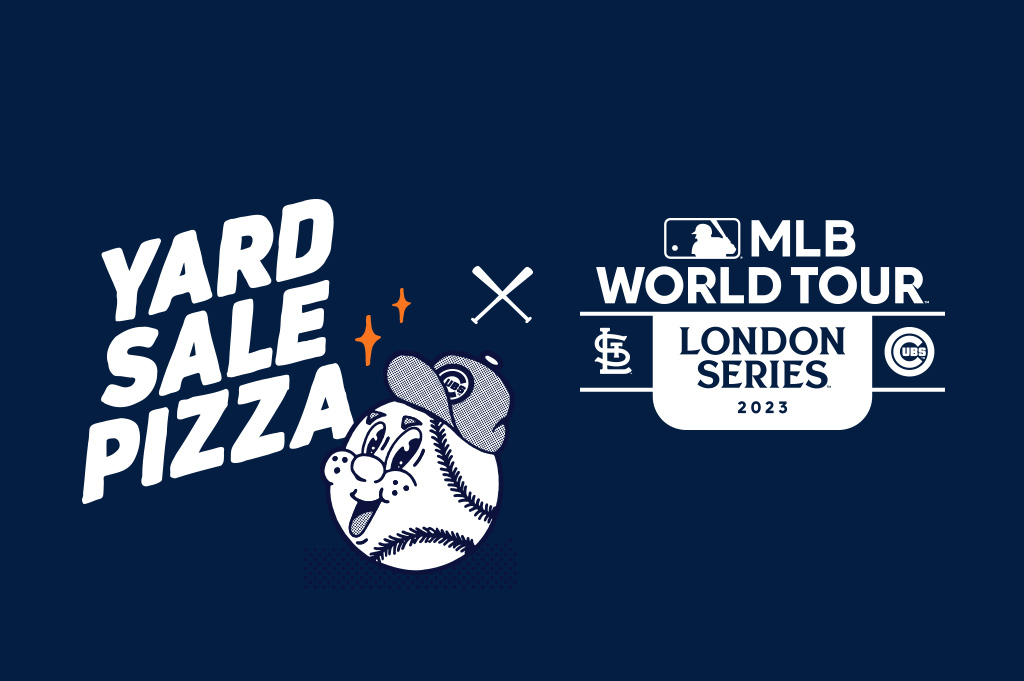
Young puppies often chew on inappropriate items in an effort to ease the discomfort of teething this is different.
#DEALING WITH PICA DOGS FREE#
For a limited time, receive a free copy of "101 Ways to Spoil Your Dog for Under $10" when you sign up for his free golden retriever newsletter.Anorexia, bulimia, and weird pregnancy cravings are common in humans, but did you know dogs have eating disorders, too? Dogs with pica (pronounced PIE-kuh) consume indigestible nonfood items like rocks, concrete, wrought iron, glass, ice, coins, screws, upholstery stuffing, batteries, soda cans, gravel, dirt, clay, and other objects. If you are unsure whether your dog suffers from "pica," or simply need help in dealing with this compulsive disorder, then you should consult with your veterinarian.ĭan Irwin has been 'in love' with the Golden Retriever breed for nearly twenty years now. If your dog suffers from "pica," or the drive to consume nonfood material, then following the steps outlined above will help you and your dog deal with this problem. Drugs that increase serotonin levels, like Prozac and some antidepressants are used for treating compulsive disorders, including compulsive eating.Ĭompulsive disorders are not just a problem for adults dogs can suffer from them as well. As a last resort to solve a compulsive eating disorder, discuss drug therapy with your veterinarian. Discuss the problem with your veterinarian before embarking on a behavior modification program.Ĩ.

If your dog is chewing his hair, he may have an allergy.

Keep dangerous objects such as yarn or string out of your dog's reach to prevent him from chewing and swallowing them.ħ. Spray favorite chewables with a pet repellent to deter your dog from sticking non-food objects in his mouth.Ħ. Spray household objects your dog likes to chew with cayenne pepper, essential oils in citrus, cinnamon, or eucalyptus scents, spray deodorant, or perfume that is not your own.ĥ. Do not reinforce the behavior by punishing your dog for the compulsive behavior or for other inappropriate activities. Providing good quality time on a set schedule is preferable and more effective than petting, stroking, or verbally consoling your dog in the midst of repetitive activity.ģ. Don't reinforce the behavior by paying attention to him while he is engaged in it. For example, if your dog is crated for a large portion of the day, allow him outside the confined space to help get him on the road to recovery.Ģ. The first step in treating a compulsive disorder is to identify the cause and eliminate it. Often the compulsive behaviors are oral in nature, causing the dog to eat things he shouldn't.ġ. A dog with a compulsive disorder loses control over his ability to initiate and stop these negative, repetitive actions. Lack of socialization or too much attention, as well as a nutritional imbalance, may bring about a compulsive behavior as well. Although the exact cause of compulsive disorders is unknown, animal behaviorists feel that they are often caused by stress brought on by environmental conflicts such as competition with other pets, changes in the home, constant punishment, or confinement to small areas such as cages or crates. Compulsive disorders are repetitive, nonfunctional, nonbeneficial behaviors. In dogs, these disorders can include excessive licking and spinning in circles. In a human, a compulsive disorder may be repetitive, such as frequent hand washing or pulling one's hair out.

This problem - the drive to consume material that is not generally considered food - is called "pica" and is what animal behaviorists call a compulsive disorder. Wool and other fibers, non-digestible plant material, rubber, plastic, wood, and even their own hair are just some of the things a dog may choose to ingest. With some dogs, meals aren't the only source of oral intake they have.


 0 kommentar(er)
0 kommentar(er)
